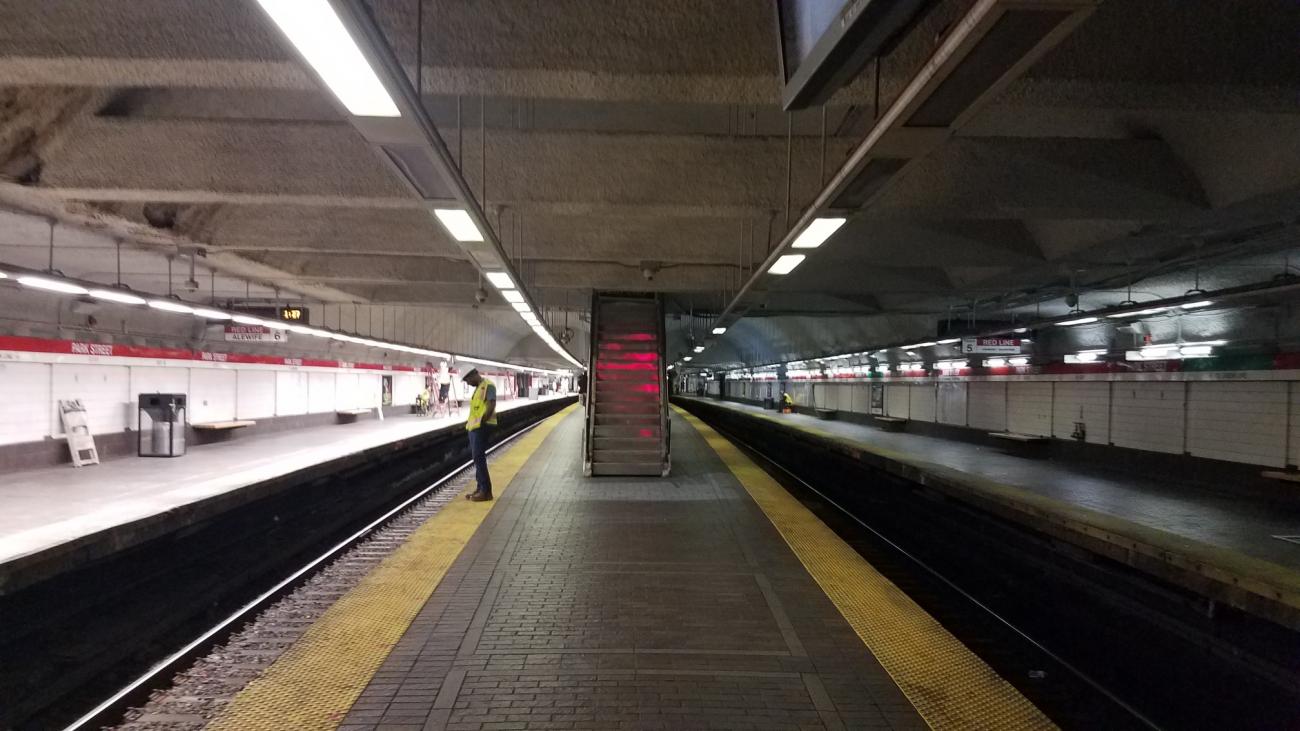Equilibria
Senior Member
- Joined
- May 6, 2007
- Messages
- 7,086
- Reaction score
- 8,324
That's the question. From a wayfinding perspective, Berkeley and Newbury (alone) are terrible station names that continue a poor naming convention for the sake of being simple.
The reason Berkeley is a bad name is illustrated by the fact that you misspelled it (at least I think you did given the context). The suggested name was "Berklee", which being an institution would have the same function as "Harvard", but which is ruined by the fact that Berkeley Street exists (and is not very close by).
The same does not apply to Newbury. Newbury Street isn't just a cross-street, it's a popular commercial and tourist destination. Granted, Copley and Arlington also provide access to it at different points, but this is the only place that the Green Line directly touches it. A better question would be whether the MBTA wants people to get off here for Newbury Street, given that the station is at the far end of the shopping corridor (and I've advocated for this name in the past).
The real wayfinding problem isn't with the station, it's with the location. This is a no-name square that really should have a name.


